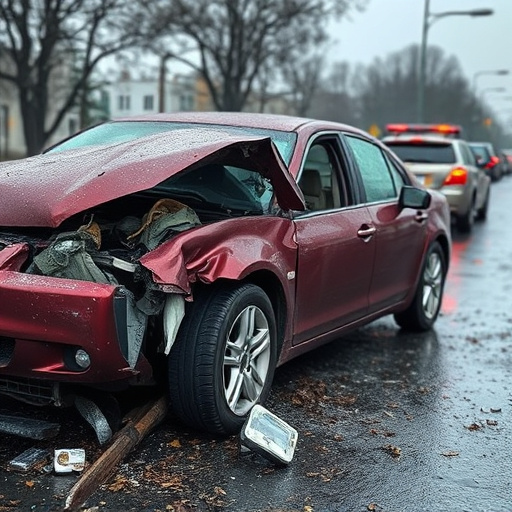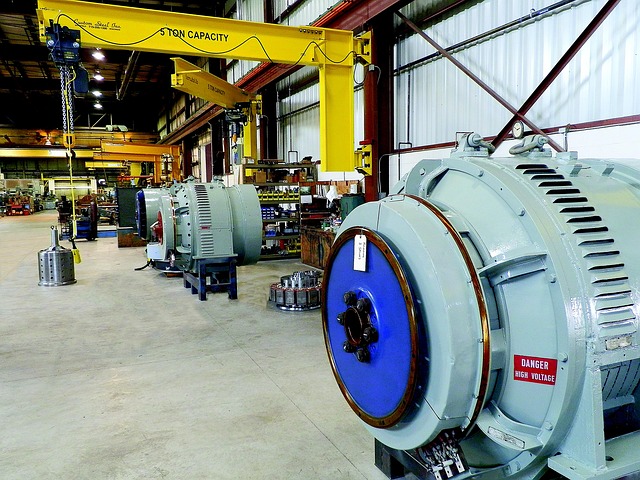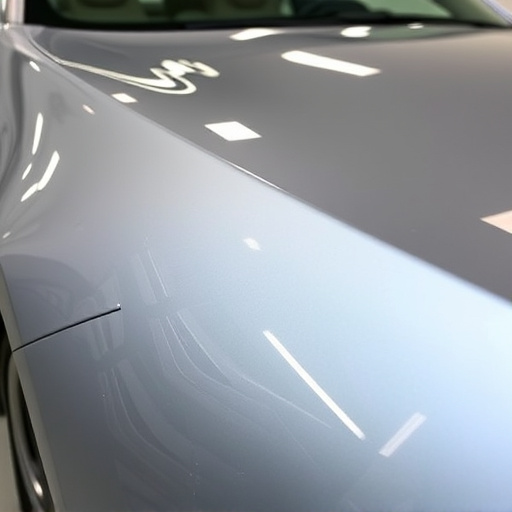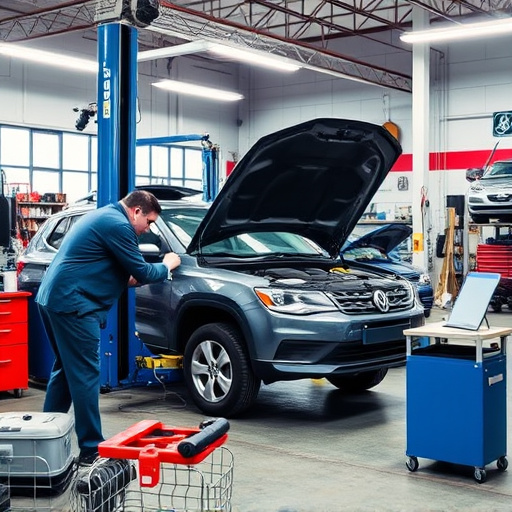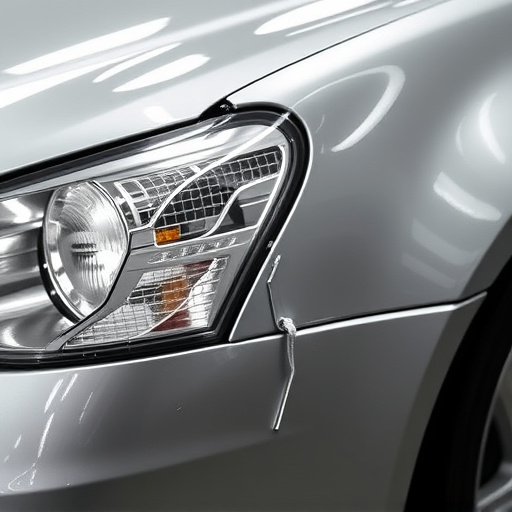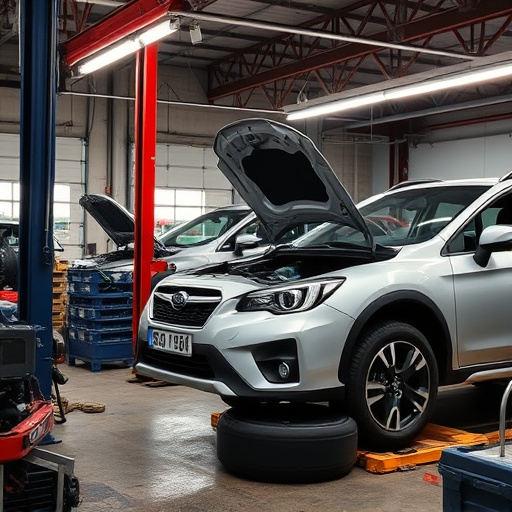Before replacing a Mercedes MBUX system, check for common issues like connectivity problems, system glitches, and delays caused by software updates, hardware faults, or power surges. Diagnose through monitoring screen behavior, using diagnostic tools to identify voltage, signal integrity, and module communication issues. Minor glitches may be fixed with software updates or resets; complex problems require professional assessment, auto maintenance logs review, and specialized repair for physical damage or improper installation.
Before undertaking a Mercedes MBUX system replacement, understanding common issues and proper troubleshooting methods is crucial. This guide walks you through identifying and resolving problems before initiating the replacement process. By following these steps, ensure a seamless experience during the installation of your new Mercedes MBUX system, enhancing your vehicle’s performance and functionality.
- Understanding Common MBUX Issues Before Replacement
- Diagnosing Problems: Steps to Identify Faults
- Effective Solutions: Troubleshooting for Smooth Replacing
Understanding Common MBUX Issues Before Replacement

Before embarking on a Mercedes MBUX system replacement, it’s crucial to understand the common issues that may have prompted this step. Many vehicle owners often assume that replacing the MBUX system is the only solution, but there are various troubleshooting methods worth exploring first. Common problems include intermittent connectivity, system glitches, and response delays, which could be due to software updates, hardware faults, or even a simple power surge. These issues might not always require a complete replacement.
For instance, in some cases, a simple reset of the MBUX module can resolve minor glitches. Others may find that updating the system software through authorized Mercedes-Benz dealerships or collision centers can fix connectivity problems and enhance overall performance. Even basic checks like ensuring proper power supply connections to the unit and verifying the latest software version can prevent unnecessary vehicle repair costs. Remember, a thorough diagnosis is key to determining whether replacement is indeed the best car paint repair solution.
Diagnosing Problems: Steps to Identify Faults
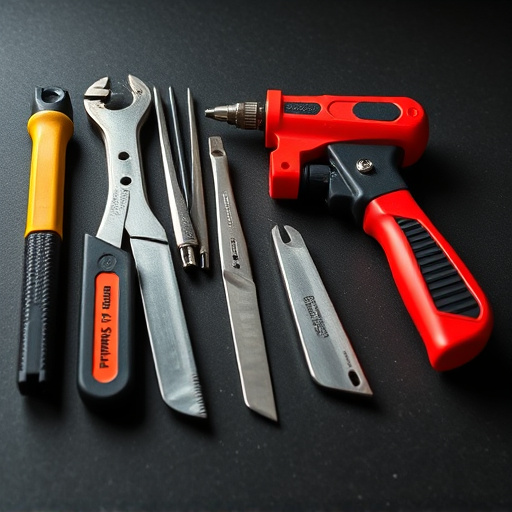
Diagnosing problems with your Mercedes MBUX system before replacement is a crucial step in ensuring a successful and cost-effective solution. Begin by observing any unusual behaviors or error messages displayed on the infotainment screen, which could indicate software glitches, hardware failures, or communication issues between components. Check for common symptoms like unexpected shutdowns, audio problems, connectivity loss, or responsiveness delays.
Next, use diagnostic tools to gather data from the system. These tools can help identify specific faults by analyzing parameters such as power supply voltage, signal integrity, and module communication protocols. Scanning for error codes and logging relevant data allows you to pinpoint the problematic area, whether it’s a faulty sensor, damaged wiring, or corrupted software. In some cases, simple measures like updating the system software or resetting the module can resolve minor glitches. However, for more complex issues, a thorough inspection of the car body restoration and auto maintenance history may be necessary to determine if physical damage or improper installation contributed to the problem.
Effective Solutions: Troubleshooting for Smooth Replacing
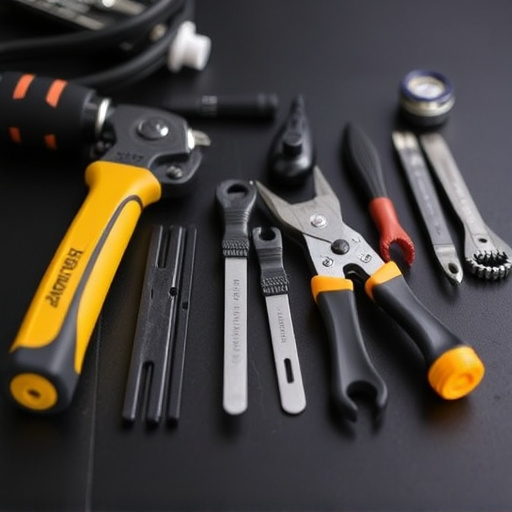
Before diving into a Mercedes MBUX system replacement, it’s crucial to address potential issues that could arise. Effective troubleshooting is key to ensuring a smooth and successful installation process. Start by confirming the issue—is it a software glitch, hardware failure, or something else? A simple reset of the infotainment system can often resolve minor hiccups. If the problem persists, double-check connections within the car, particularly those related to the MBUX unit and its peripheral components. Corroded or loose wires are common culprits that can be easily remedied with a thorough inspection and cleaning.
For more complex issues, consider engaging the services of a reputable car repair shop specializing in modern automotive technology. They have the diagnostic tools and expertise to pinpoint exact problems. Even if you plan to DIY, consulting with a professional can provide valuable insights. Additionally, for any physical repairs or replacement of car bodywork services, such as panels or trim damaged during disassembly, seek out expert auto painting services to ensure a flawless finish that matches your Mercedes’s original aesthetic.
Before undertaking a Mercedes MBUX system replacement, thoroughly understanding and troubleshooting common issues is key. By following the outlined steps for diagnosing problems, you can efficiently identify faults and implement effective solutions. This approach ensures a smoother replacement process, enhances your overall experience, and helps prevent future glitches. Remember, proper troubleshooting is a game-changer in successfully navigating the Mercedes MBUX system replacement journey.

